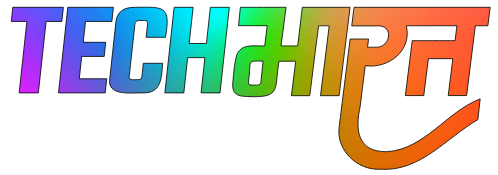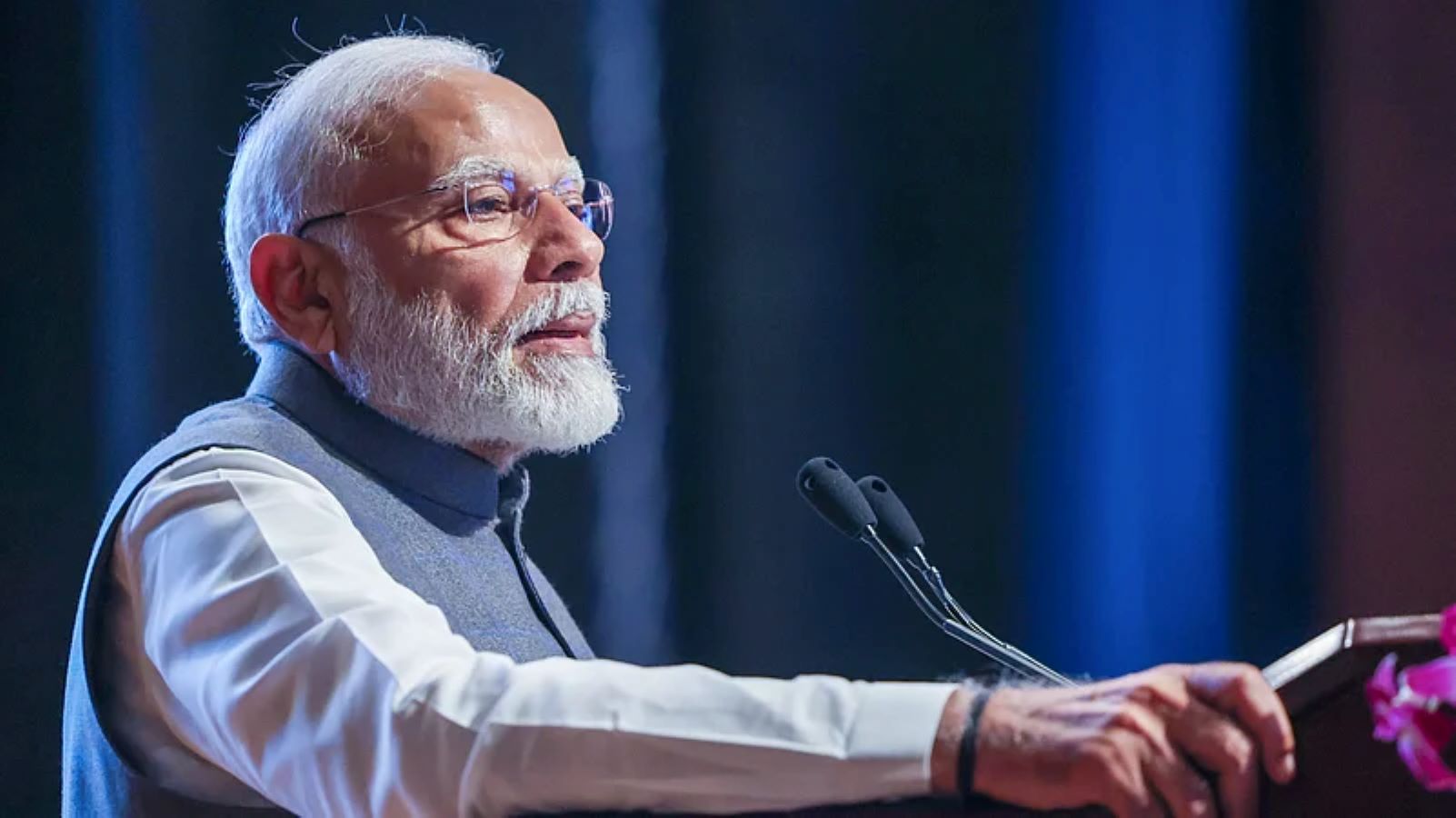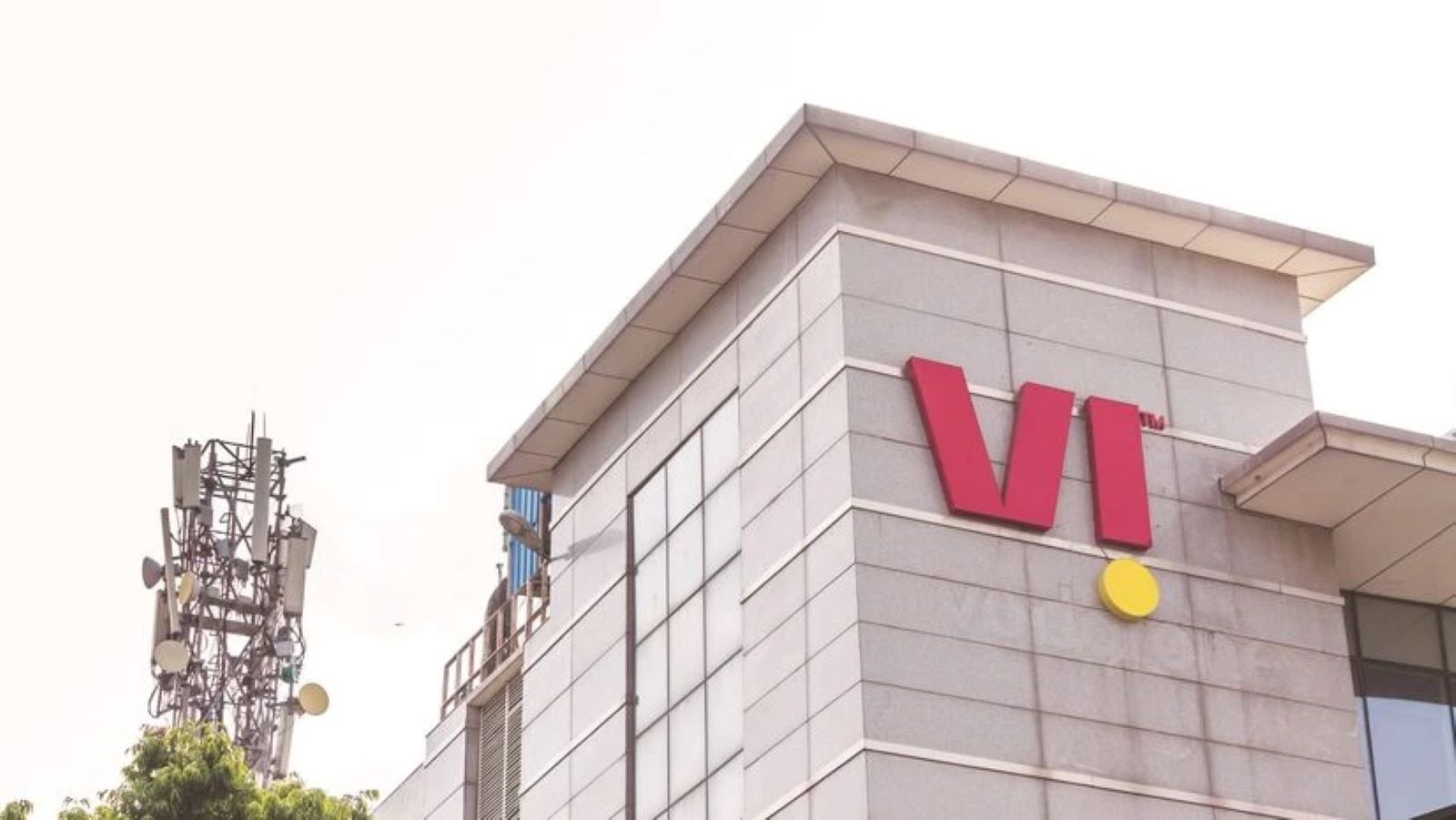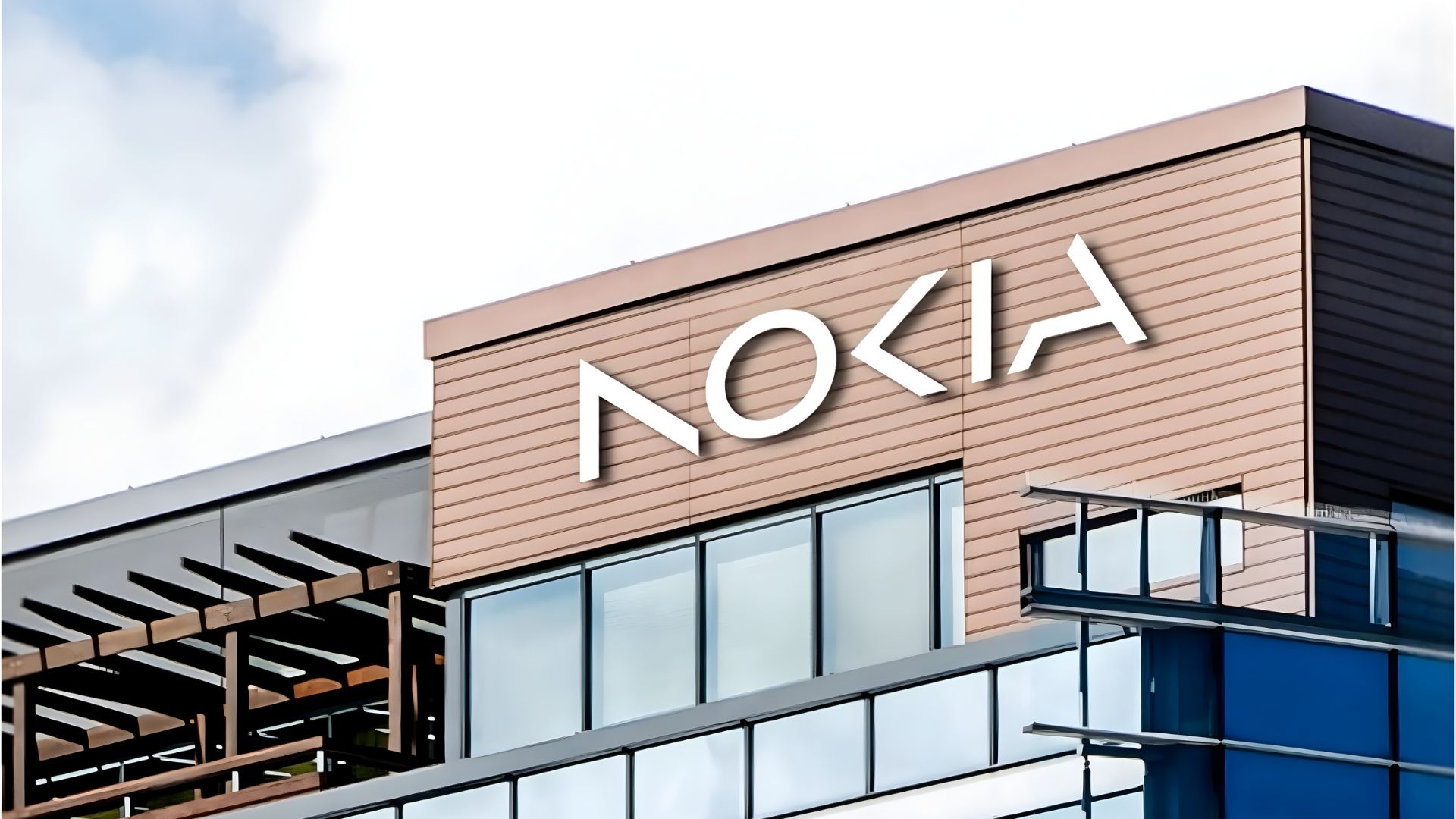Prime Minister Narendra Modi has asked senior government officials to step up efforts to develop homegrown, or ‘desi,’ digital and social media platforms. The instruction followed a high-level meeting that focused mainly on data security and the need to cut India’s reliance on foreign technology companies for communication and data storage. The larger goal here is to create secure, Indian-owned platforms for official government communication.
Key Takeaways
- A directive has been issued to build Indian alternatives to popular foreign digital platforms.
- The main goal is to protect sensitive government data and strengthen national security.
- These new platforms will first be used internally among government departments.
- The initiative supports the broader ‘Aatmanirbhar Bharat’ (Self-reliant India) vision.
The government’s renewed push for indigenous platforms reflects growing concern over the safety of official data. At present, much of the communication and data from government departments pass through servers owned by foreign corporations and located outside India. This setup naturally raises security risks. By developing its own systems, the government aims to store and manage all critical data within the country, a principle often referred to as data sovereignty.
This is not an entirely new idea. The Ministry of Electronics and Information Technology (MeitY) has been working on several projects along these lines. One existing example is the Sandes app, a secure instant messaging platform developed by the National Informatics Centre (NIC) as an alternative to WhatsApp for government employees. Another is DigiLocker, which allows citizens to store and access official documents in a secure cloud environment. The Prime Minister’s latest directive is expected to give a significant boost to such projects and potentially inspire new ones.
Officials have been asked to create a complete digital ecosystem. That means not just messaging apps, but also social media platforms similar to X (formerly Twitter) and even professional networking sites. These will first be rolled out for internal government use, allowing time to test their reliability and security features. If successful, the platforms could eventually be opened to the public, offering Indian citizens an alternative to major global tech platforms.
In a way, this move reflects both practicality and ambition. It ties directly into the government’s ‘Make in India’ program, which emphasizes technological self-reliance. And perhaps, if done right, it might also redefine how India approaches digital communication in the years to come.
Frequently Asked Questions (FAQs)
Q1. Why does the government want its own social media and digital platforms?
A. The primary reasons are to enhance national security by protecting sensitive government data, achieve self-reliance in the technology sector, and ensure data stays within India’s borders.
Q2. Will the government ban foreign apps like WhatsApp and X?
A. There is no information suggesting a ban on foreign apps for public use. The current focus is on developing secure alternatives for official government communication, not replacing public platforms.
Q3. Are there any Indian social media apps available now?
A. Yes, several Indian social media and digital platforms exist, such as Koo (a microblogging site), ShareChat (a regional language social media platform), and the government’s own Sandes messaging app.
Q4. What is the ‘Aatmanirbhar Bharat’ initiative?
A. ‘Aatmanirbhar Bharat’, which means ‘Self-reliant India’, is a government policy to make the country independent by strengthening its own industries and reducing dependence on foreign products and services.



















